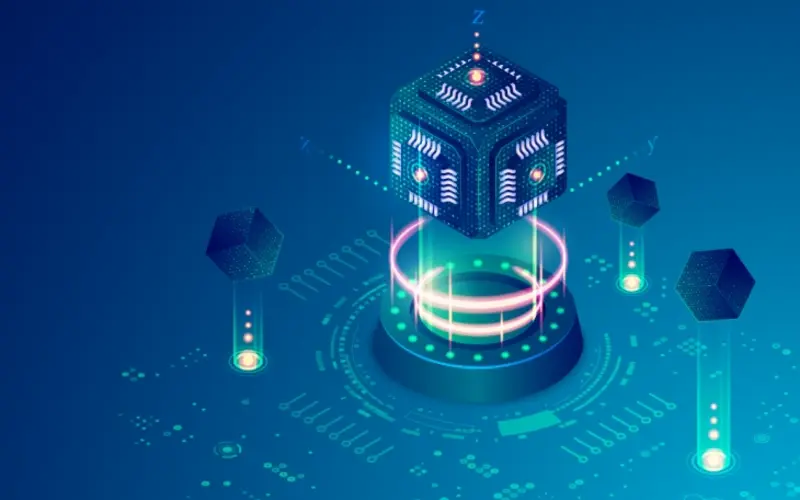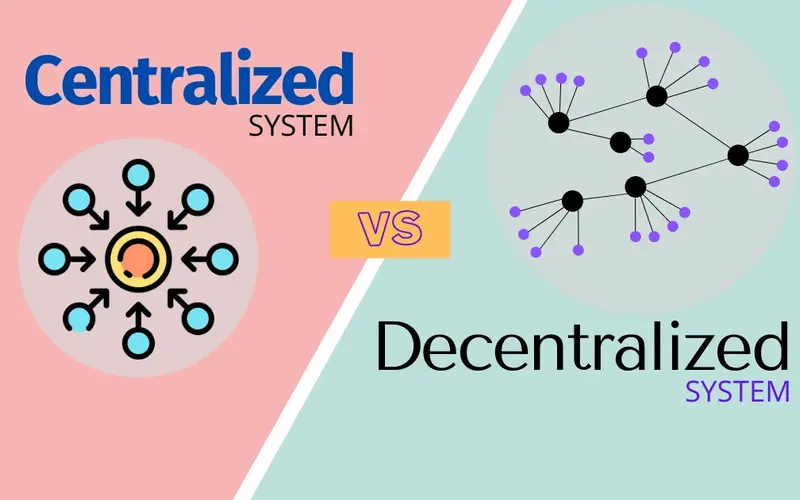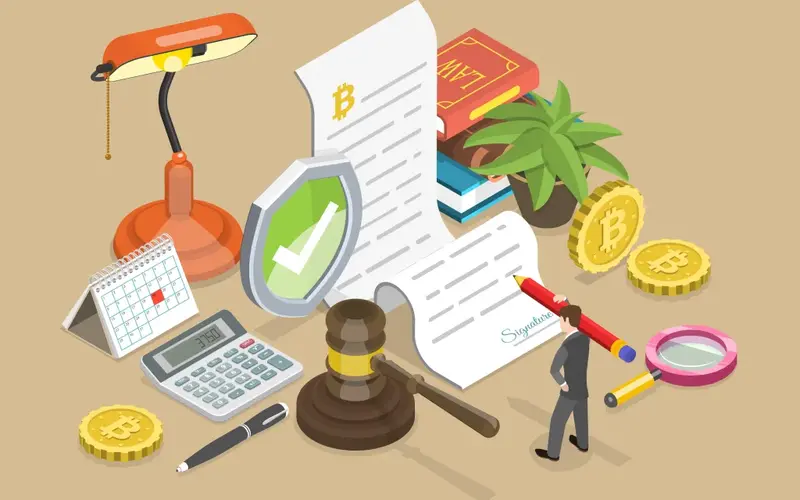The “oracle problem” is a fundamental challenge in the blockchain ecosystem that prevents smart contracts from interacting with the real world. A blockchain is, by design, an isolated, deterministic, and self-contained system. This isolation is what makes it secure and reliable. However, it also means that a smart contract cannot […]
The lack of interoperability, or the inability for different blockchains to communicate with each other, is a major barrier to the growth of a unified and interconnected Web3 ecosystem. Each blockchain operates as a “digital island” with its own unique architecture, consensus rules, and programming language. This siloed nature prevents […]
Data privacy on public blockchains is a complex and evolving issue. While the use of pseudonymous addresses offers a layer of anonymity, the public and immutable nature of the ledger means that every transaction is permanently recorded and visible to all. With the help of on-chain analytics, a user’s wallet […]
The threat of quantum computing to blockchain technology is a significant and a well-known risk within the cybersecurity and cryptography communities. While a functional, large-scale quantum computer capable of breaking current encryption is likely still a number of years away, the time to prepare is now. The Nature of the […]
For blockchain technology to move from a niche, developer-centric space to a mainstream technology, it must overcome its most significant barrier to adoption: a poor user experience. While the technical underpinnings of blockchain are revolutionary, the current user journey is often complex, intimidating, and unforgiving, creating a steep learning curve […]
Blockchain was born out of a desire for decentralization—to create a system that is resistant to censorship, single points of failure, and the control of a central authority. However, despite this core philosophical tenet, various aspects of the blockchain ecosystem have become increasingly centralized, creating new risks and challenges that […]
The “blockchain trilemma,” a term coined by Ethereum co-founder Vitalik Buterin, describes the fundamental challenge in designing a public blockchain. It posits that a blockchain can only achieve two of three core properties at a time: decentralization, security, and scalability. This inherent trade-off forces developers to make design choices that […]
The energy consumption of some blockchain networks, particularly Bitcoin, has become a major point of contention in the global sustainability debate. The core of this issue lies in the Proof-of-Work (PoW) consensus mechanism, but the broader blockchain ecosystem is actively addressing this problem through a variety of technological and operational […]
Regulatory uncertainty is a pervasive and persistent challenge for the blockchain ecosystem. The lack of clear, consistent, and global regulatory frameworks creates a climate of unpredictability that hinders innovation, scares away institutional capital, and puts both projects and users at risk. The Core Problem: A Patchwork of Laws The fundamental […]
Phishing is one of the most common and effective cyberattacks, and it has become a major threat in the blockchain and cryptocurrency space. Unlike traditional finance, where stolen funds can sometimes be reversed, transactions on a blockchain are irreversible and final, making the consequences of a successful phishing attack catastrophic. […]












